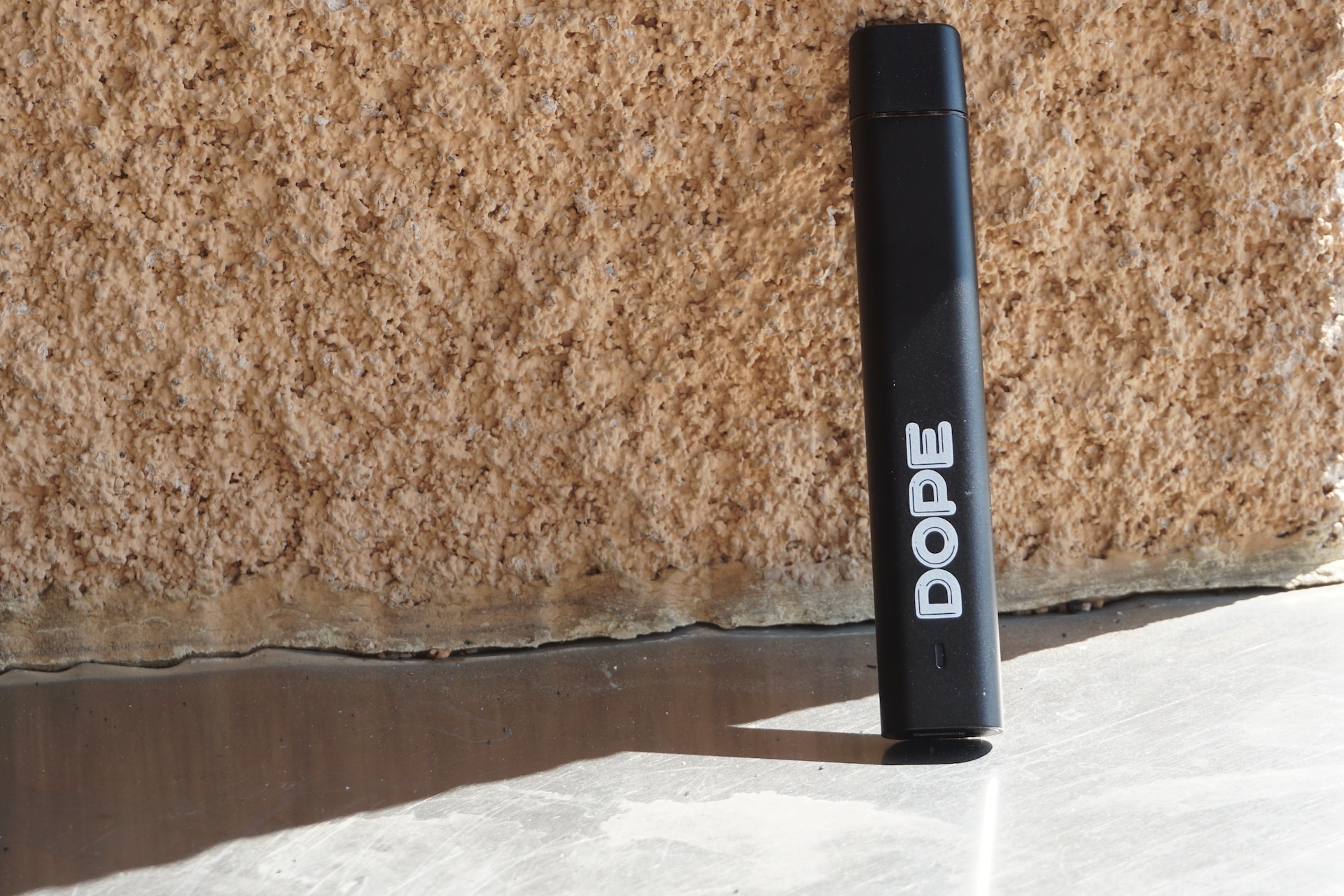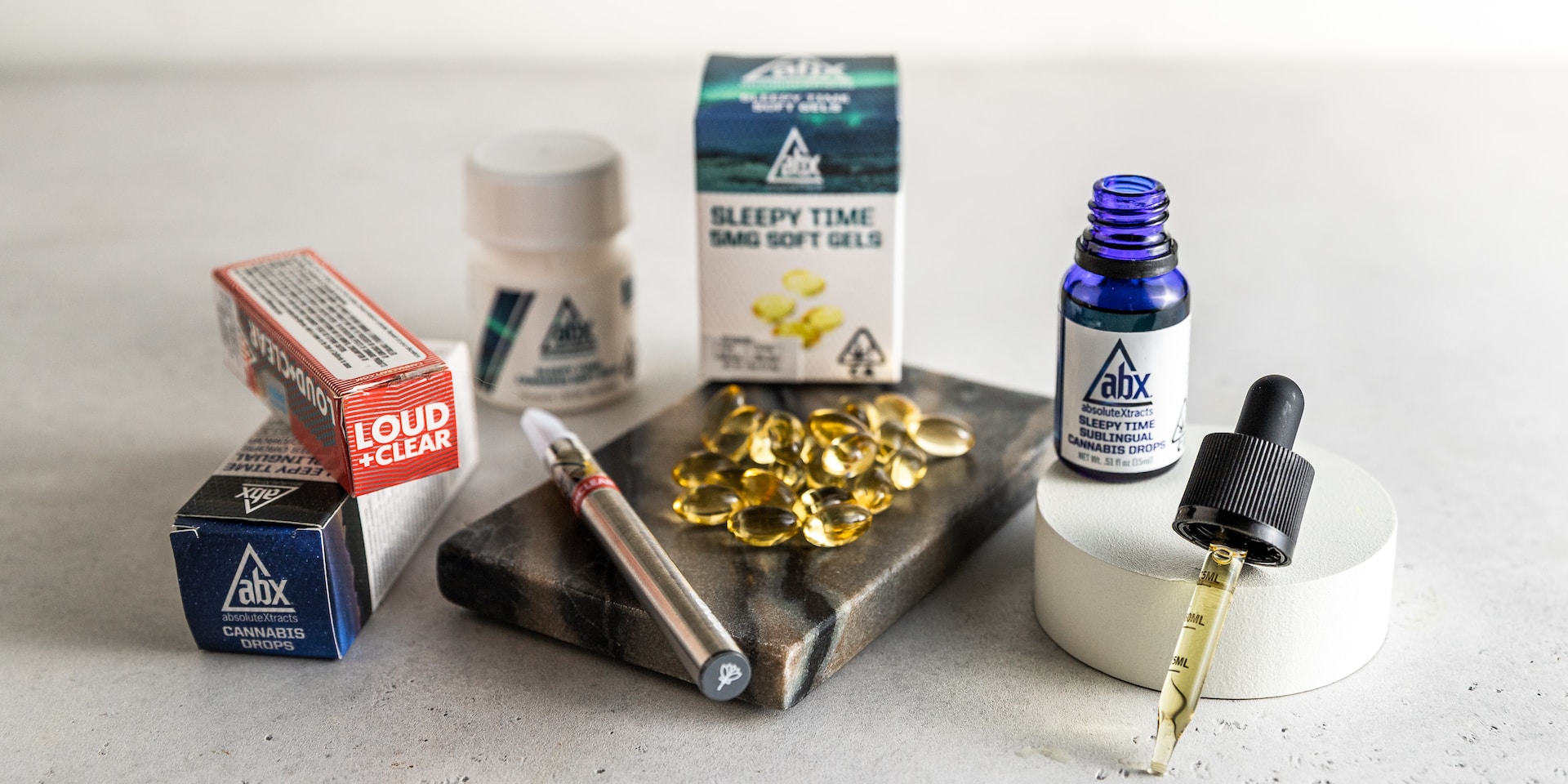Despite the fact that it is illegal to sell e-cigarettes to anybody under the age of 21, and despite the mounting research that demonstrates the health risks and consequences associated with vaping, it has become one of the most popular forms of substance use among young people.
The National Youth Tobacco Survey conducted by the CDC found that one in every five high school students reported using electronic cigarettes within the previous month. There is a significant amount of advertising aimed at adolescents and young people, the availability of vape pens in a variety of vibrant colors, and thousands of flavors to pick from; hence, it is anticipated that this trend will persist.
In order to help counterbalance the manipulative and deceptive messages and misinformation that are being focused at teenagers, it is important for parents to be prepared to address the most important questions regarding Delta 8 vape pens.
How does vaping work?
Inhaling and exhaling the aerosol that is formed by an electronic vapor device when it heats up its liquid ingredients is the act that is referred to as “vaping.” Many adolescents and young adults prefer to use the phrase “JUULING” (pronounced jeweling) rather than the term “vaping” to describe the act of using these products. This is largely because to the meteoric growth in popularity of JUUL, which is presently the most popular brand of vaping device. Electronic cigarettes, also known as e-cigarettes, vape pens, vapes, and tank systems, are all different names for the same type of device.
 What are adolescents vaping?
What are adolescents vaping?
Excessive amounts of nicotine
Nicotine doses in vaping products can range from 2 mg/ml to more than 59 mg/ml, and some companies are engaged in what has been referred to as “a nicotine arms race,” in which they are attempting to increase the dose to levels that are higher than those found in traditional cigarettes or rival vapes. In the United States, JUUL pods currently carry 59 milligrams per milliliter (mg/ml) of nicotine, which is roughly equivalent to one to two packs of cigarettes.
There are thousands of different flavors.
Products for vaping are available in a huge variety of tastes, many of which are marketed at children and have names that are catchy and appealing. Because the flavors serve to hide the strong taste of the nicotine and other chemicals that are found in the e-liquid, inhaling the aerosol is made more simpler as a result. Flavors that are sweet and enjoyable like gummy bears and cotton candy frequently remind adolescents of good experiences they had as children, which gives them the impression that they are safe to consume. Recent restrictions placed on flavors by federal, state, and local governments have started to alter the landscape of favored vaping goods among young people. Now that tastes other than menthol and tobacco are generally banned in refillable cartridge-based devices like JUUL, loopholes in legislation are driving youth to flavored disposable vapes that have even higher nicotine concentration and come in a multitude of attractive flavors. For example, menthol is generally banned in refillable cartridge-based devices like JUUL.
In addition to these, metals and extremely minute particles
When someone vapes, a large number of chemicals, heavy metals, and small particles, many of which are harmful and deadly, are inhaled deeply into the lungs and bloodstream. Many teenagers mistakenly believe that the aerosol is simply harmless water vapor.
Marijuana or other drugs
elements derived from marijuana are showing up more frequently in vaporizing goods. These elements include THC, the psychoactive component of marijuana that is responsible for producing the high feeling, as well as CBD and marijuana leaves. Other chemicals have also been inhaled with vapes at various times.
Why is vaping so dangerous for young people?
It is now common knowledge that vaping is hazardous to one’s health and should be avoided at all costs, despite the fact that it may not be quite as hazardous to one’s health as smoking traditional cigarettes that burn.
Coughing and wheezing, changes in behavior and mood, migraines, convulsions, vomiting, and perhaps serious lung injury are some of the more immediate health symptoms. In addition, vaping has a poor impact on the attention, learning, mood, and impulse control of adolescents, which can have repercussions for them at school, in sports, and in social settings.
Nearly all items sold for use with electronic cigarettes contain nicotine, and in many cases the amount is comparable to or even higher than that of traditional cigarettes. Nicotine has deleterious effects on the cardiovascular system (including an increased risk of heart attack and stroke), the functioning of the respiratory and pulmonary systems (including inflammation, asthma, and wheezing), and the reproductive organs. In addition to that, it is one of the substances that has the highest potential for addiction. People who vape have a higher chance of starting to smoke cigarettes or using other addictive products, as they are more likely to become addicted to vaping more quickly.
The ingestion of large quantities of nicotine can result in nicotine toxicity, which, in extreme situations, can cause seizures in addition to other symptoms such as nausea, vomiting, diarrhea, excessive salivation, dizziness, respiratory failure, coma, and paralysis.
All of the components in vaporizing goods, including the flavorings, should be avoided because they pose health risks. The majority of them contain compounds that cause cancer as well as other hazardous chemicals, heavy metals, and ultrafine particles that can penetrate deep into the lungs and cause harm to the lungs as well as damage to cells and a weakened immune response to infections.
 Why is vaping so popular?
Why is vaping so popular?
The vast majority of vaporizers are stealthy, simple to conceal, and generally considered to be cool and quite safe. They are available in an incredible variety of scrumptious tastes, which aid mask the unpleasant taste of the chemicals and eliminate the impression that using these goods might be risky. They can cause a fleeting pleasant sensation known as a “head rush,” which is enjoyed by some individuals.
The majority of them also contain extremely high levels of nicotine, which can quickly cause people who vape to acquire an addiction to the product or become reliant on it. Some young people are lured to activities such as “vape tricks” and “cloud competitions,” in which participants try to create patterns or shapes resembling clouds by exhaling the aerosol from their vaporizers. Modifiable devices, sometimes known as’mod’ type vapes, are typically used for the performance of these tricks. Aerosol is inhaled by people to the deepest parts of their lungs, and then they exhale it through their ears, eyes, or nose.
Teens have cited a variety of explanations for their vaping behavior. The first is natural curiosity, and the second is the influence of one’s peers. They observe other people they know or members of their family smoking, and they are intrigued by the mouthwatering flavors. For some, it’s to show off their vaping skills. Some people claim that they engage in this behavior because they believe it is less dangerous than other forms of tobacco and because it is also inconspicuous. Teens are increasingly admitting that they vape because they are addicted to nicotine and find it impossible to quit.






